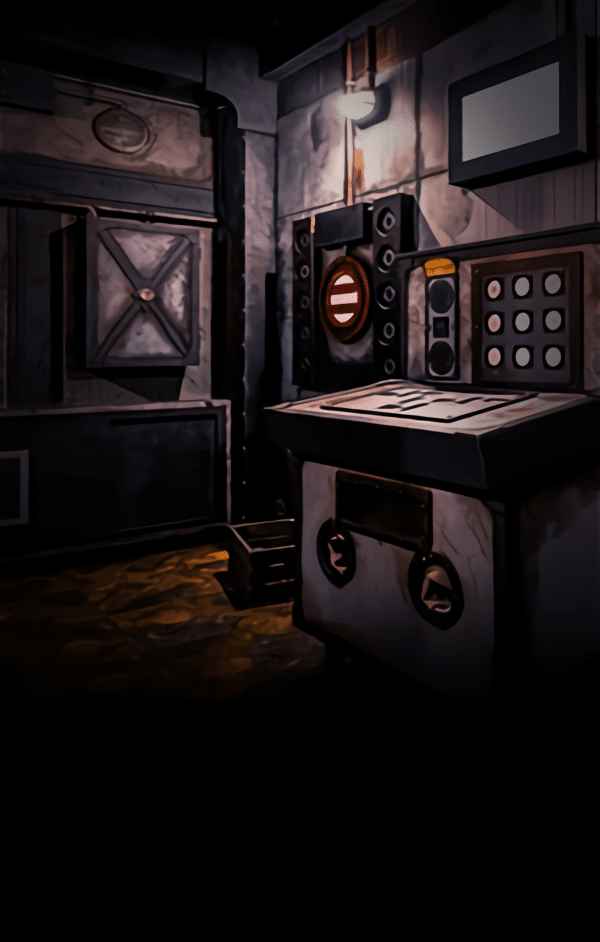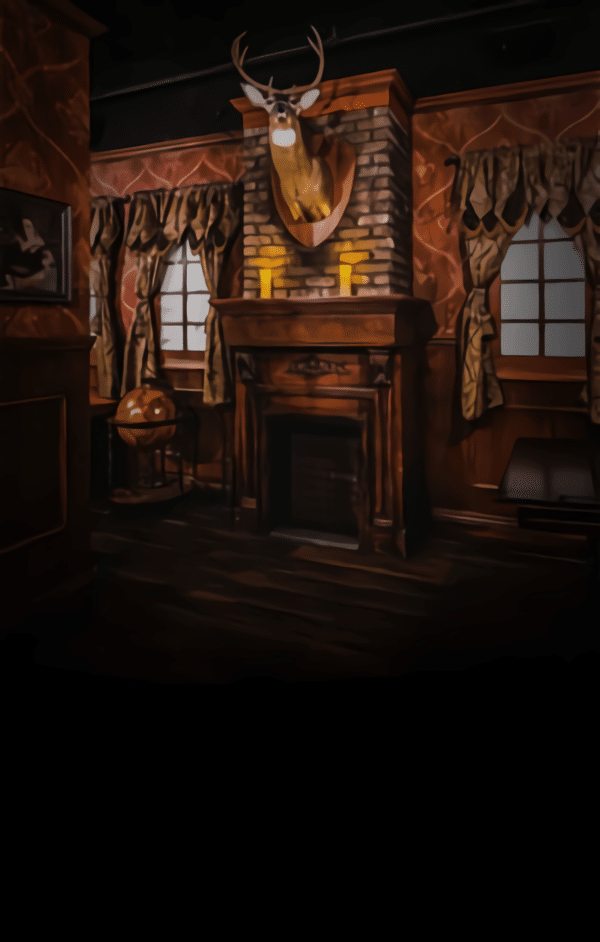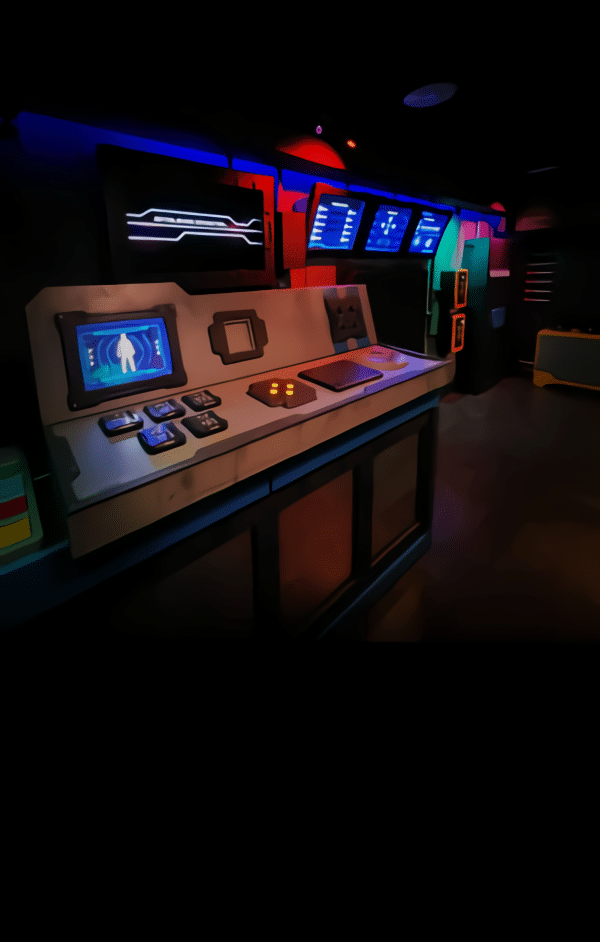How hints are generally handled in an escape room in Manhattan
Most escape rooms in Manhattan — including Mission Escape Games — expect players to hit a few dead-ends during a session; that’s part of the fun. When a team gets stuck, game masters (GMs) have several polite, player-friendly ways to help without wrecking the mystery. Typical approaches include offering a gentle nudge, providing a clarifying hint, or pointing players toward a zone of the room to search rather than giving a full solution. These methods preserve challenge while preventing frustration.
Every venue has its own hint policy and pacing. At Mission Escape Games – NYC the game master monitors progress from a control room and can deliver hints when a team requests one or when the GM judges the team has been stalled for too long. Some rooms use analogue methods (walkie-talkie, speaker prompts) while modern rooms may use in-room panels, screens, or indicator lights that unlock a hint when triggered. If you want to know about timing, difficulty, or how intrusively hints are given, ask the staff before you play — they’ll explain their style so you can decide how much help you want. For a quick look at available rooms and booking info, check an official listing for an escape room in manhattan.
How Mission Escape Games – NYC delivers hints (and what to expect)
At Mission Escape Games – NYC the design philosophy balances immersion with fairness. Game masters aim to keep the story intact while nudging teams forward. Hints are delivered in three common formats: subtle in-room cues (a light flicker or sound), verbal nudges from the GM through a speaker, or direct verbal clues if the team asks. The level of spoiler in a hint depends on your group’s preference — some teams prefer minimally revealing nudges that only point them to a section of the set, others request more explicit step-by-step advice to guarantee escape.
Because Mission Escape Games runs different titles like End of Days A, End of Days B, Hydeout, and Carbon: 3708, the hint style may vary by game to suit theme and mechanics. For example, a tech-heavy room might employ an on-screen hint system that reveals additional context, while a more atmospheric, story-driven room might have the GM communicate via a character voice to keep immersion. Before you start, the GM gives a short safety and rules briefing where they also tell you the hint policy — how many hints are allowed, how to request one (raise a hand, press a button, or speak into the intercom), and whether hints are timed automatically after long stalls. This clarity keeps expectations aligned so your team can play confidently.
When to ask for a hint — etiquette and timing
Knowing when to ask for a hint is part strategy, part group dynamics. If your team is enjoying the puzzle-solving flow and the challenge, you may choose to hold off and treat struggle as part of the experience. If frustration rises, time runs out, or younger/inexperienced players are present, a timely hint will improve enjoyment for everyone. The best etiquette is to discuss hint preferences briefly before the clock starts: decide whether you want a maximum-challenge run or a more relaxed session with regular nudges.
Practical signals for asking: raise a hand and catch the GM’s eye, press any in-room hint button if provided, or verbally request a hint through the intercom. GM responses are typically paced to avoid breaking immersion — they’ll often give a small nudge first, then escalate to a clearer clue if the team remains stuck. If you’re sharing the experience with a mixed-skill group, consider using one or two hints early to build momentum; this often helps teams unlock the logic behind the room’s design so subsequent puzzles feel more solvable. Remember, the goal is having fun together — asking for a hint when needed is not cheating, it’s good teamwork.
Types of hints you might receive (verbal, visual, tech-assisted)
Hints come in many shapes, and understanding them helps you use them strategically. Verbal hints are the most common — the GM speaks through an intercom in-character or as a neutral guide. Visual hints can appear as lights, screens displaying messages, or physical items becoming visually emphasized. Tech-assisted hints include on-screen timers that reveal text clues, or an in-room tablet that logs progressive hints as the system detects inactivity.
Room designers tailor hints to maintain narrative tone: in a horror-themed End of Days room you might get a creepy recorded message offering a clue; in a futuristic Carbon: 3708 room a terminal might flash an operative hint. Designers also decide whether hints are layered — a small nudge first, then a bigger hint if the team still needs help. That layering helps preserve puzzle satisfaction while keeping groups moving. If you prefer a certain hint style (no in-character voices, for example), tell the GM at the start — they’ll often accommodate minor preference changes to make the experience better for your party.
Tips to minimize needing hints and maximize enjoyment
Preparation and team strategy reduce the number of hints you’ll need and increase your chances of finishing the game. Quick organization at the start helps: assign roles (searcher, note-taker, puzzle-solver), keep found objects in one central spot, and call out discoveries loud so everyone knows what’s been tried. Communicate clearly: if you test a combination or try a key, say it out loud so others don’t duplicate effort. Use logic grouping — sort items by type, examine suspicious seams, and test obvious interactions before inventing complex connections.
Time management matters: if the clock hits the midpoint and progress is limited, consider taking a hint to restore momentum rather than getting stuck in a loop. For mixed-age groups, brief younger players on safety and encourage them to share ideas without fear of being wrong. Practice attention to detail — many puzzles reward simple observation: numbers on props, odd markings, sequence patterns. After you finish (escaped or not), ask the GM for a debrief — they’ll often explain puzzles you missed and may point out alternative solutions. That debrief increases enjoyment and helps your team perform better next time.
Conclusion
Hints are a built-in and thoughtfully managed part of the escape-room experience in Manhattan. Whether you want minimal interruption or a more guided session, venues like Mission Escape Games – NYC structure their hint systems to preserve atmosphere while preventing frustration. The key is clear communication: decide as a team how competitive or relaxed you want to be, understand the hint protocol in the pregame briefing, and use hints to boost fun rather than let gridlock spoil the adventure. With good teamwork and a little strategy, hints become part of the strategy toolbox that helps your group have a memorable escape.
Frequently Asked Questions
Q: Do escape room in Manhattan offer hints if you’re stuck?
A: Yes. Most Manhattan escape rooms, including Mission Escape Games – NYC, provide hints. The method (intercom, in-room panel, visual cue) and frequency depend on the room and venue policy. Staff normally explain how to request hints during the pregame briefing.
Q: How do I request a hint during a game?
A: Request methods vary: raise your hand, press an in-room hint button, or speak into the intercom. GMs will explain the preferred method before the game begins. If in doubt, ask during the safety briefing.
Q: Will a hint spoil the story or ending?
A: Not usually. Good game masters tailor hints to avoid major spoilers: they nudge you toward a solution rather than handing the final answer. If you want minimal spoilers, tell the GM at the start and they’ll keep clues gentle.
Q: Are there limits to how many hints I can get?
A: Some rooms have informal limits (e.g., two nudges then a clearer hint) while others are more flexible. The GM will outline the hint approach beforehand so you know what to expect.
Q: Do hints differ between games like End of Days A, Hydeout, and Carbon: 3708?
A: Yes. Hint style and delivery can vary by game to match theme and mechanics — a tech-heavy room may use digital prompts, while story-driven rooms may use character-voiced hints — but the intent is always to preserve immersion while helping teams progress.









